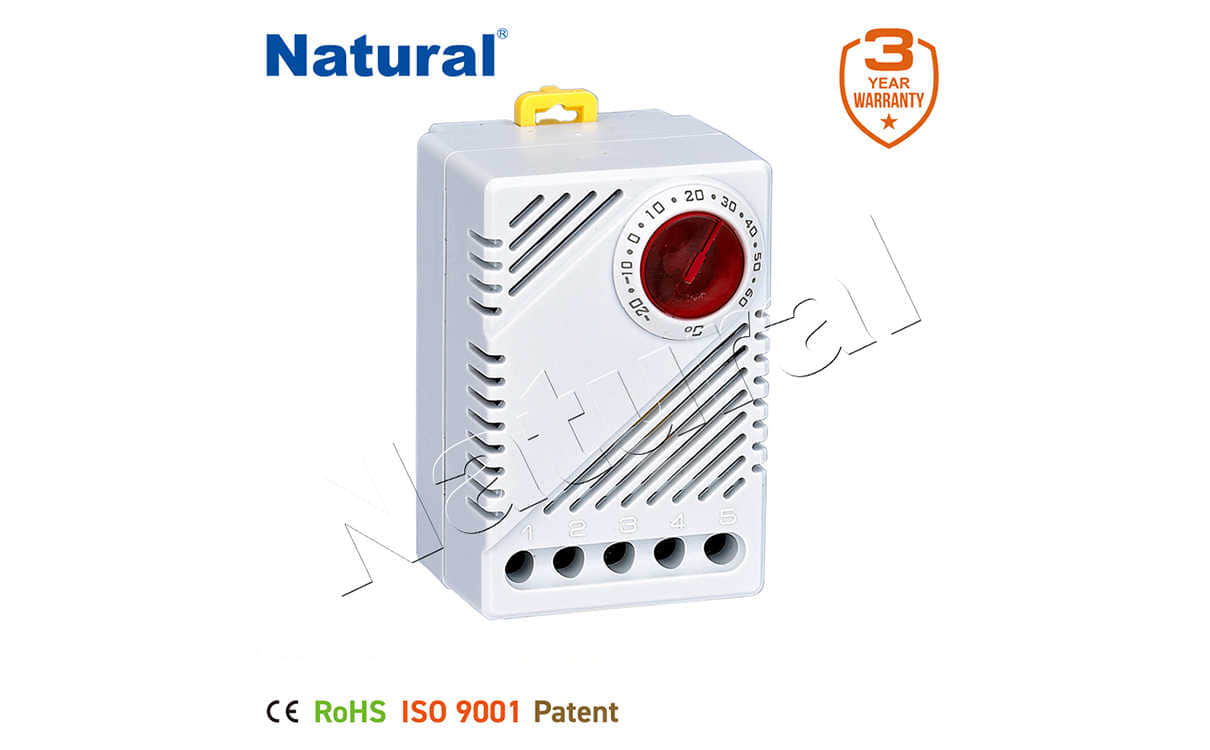 28 items Patent
28 items Patent
 28 items Patent
28 items Patent
 28 items Patent
28 items Patent

In today’s modern world, technology plays a significant role in optimizing energy efficiency and enhancing the comfort of our living spaces. One of the key innovations in home climate control is the electronic thermostat. Unlike traditional mechanical thermostats, electronic thermostats offer a more natural and intuitive approach to temperature regulation. These devices are not only precise and energy-efficient but also allow homeowners to create a more comfortable and eco-friendly environment.

An electronic thermostat works by using digital sensors and microprocessors to monitor and adjust the temperature in real-time. The accuracy of these sensors ensures that the temperature is regulated precisely, preventing fluctuations that can lead to discomfort. For instance, unlike mechanical models, electronic thermostats can maintain a set temperature with minimal deviation. This precision is not only more comfortable but also contributes to energy savings by avoiding unnecessary heating or cooling.
One of the standout features of electronic thermostats is their programmability. Users can set a schedule for when they want their heating or cooling system to turn on or off. For example, the thermostat can be programmed to lower the temperature when the house is empty during the day, and then warm it back up just before the family returns home. This allows the home to remain comfortable while ensuring energy is not wasted when it is not needed. By aligning the system’s operations with the homeowners’ daily routine, the electronic thermostat offers a more natural rhythm to the temperature control process. This integration of technology into daily life mirrors how we naturally interact with our environment, only now, it’s smarter and more efficient.
